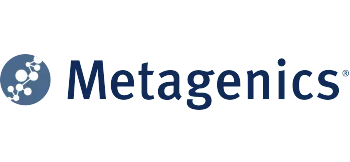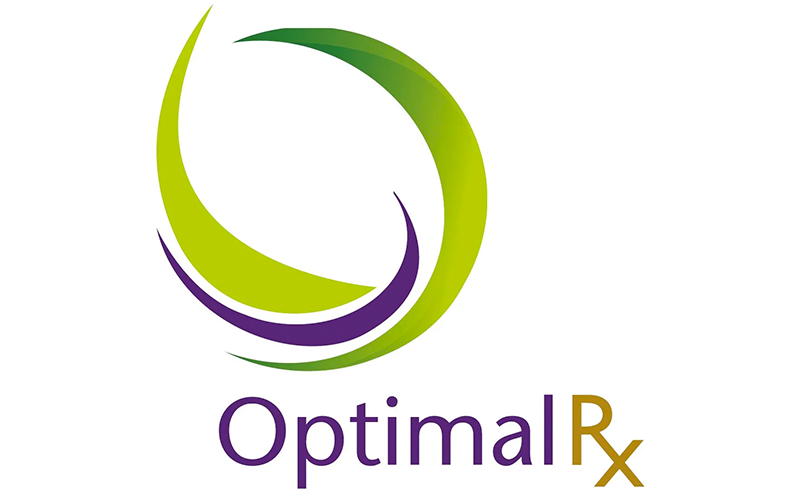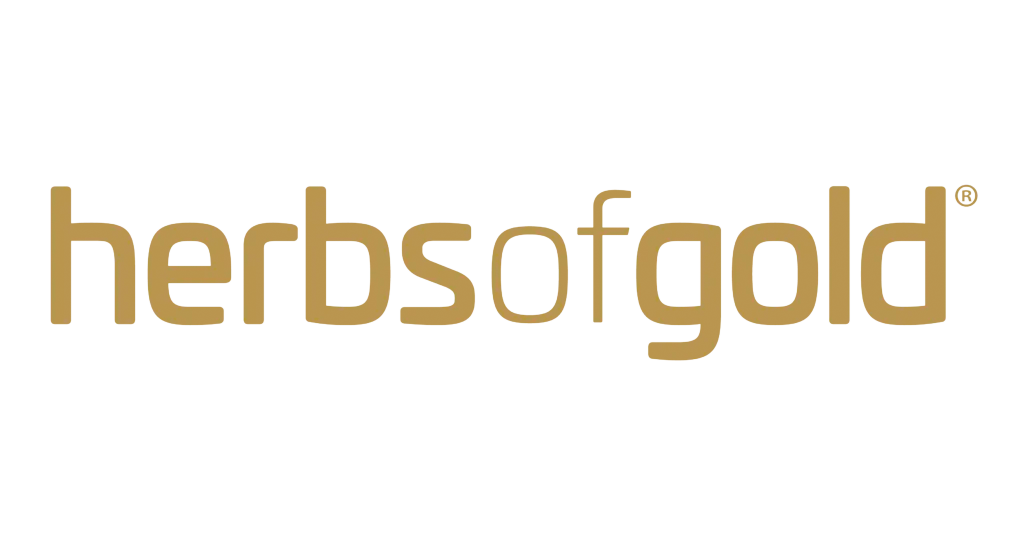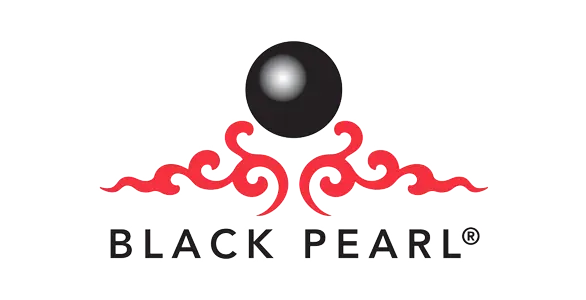Harmful Chemicals – Toxic Chemicals in the Home
Several years ago, the Environmental Working Group (EWG) released a list of 10 high-priority toxic chemicals that should be reviewed for safety – all of them found in the average home.
Unlike cosmetic and everyday bathroom products, many consumer products we buy are not subjected to the same chemical testing, which means our homes are more dangerous than we realise.
In a previous Masterclass, we listed the dangers of flame-retardant chemicals in common household products and furniture.
In this list are the 10 high-priority toxic chemicals from EWG – the dangers of them and where they are found.
Asbestos
Asbestos is frequently linked to lung-related conditions, such as coughing, shortness of breath, wheezing and fatigue.
Asbestos is a carcinogen, found in automobile brake pads and clutches, vinyl tiles and roofing materials. Reports have recently revealed that asbestos is still being used illegally in Australian building materials.
Perc (Perchloroethylene or Tetrachlorethylene)
Perc is a potential carcinogen with links to numerous cancers.
Perc is used in dry-cleaning fluids, water repellents, paint removers, printing inks, glues, sealants, polishes and lubricants.
Phthalates
Phthalates are also called plasticisers. This particular group of chemicals is linked to reproductive damage and early puberty in girls.
They are found in PVC, plastic wraps, toys, vinyl flooring, adhesives, detergents, lubricating oils, automotive plastics, garden hoses, blood storage containers, medical tubing, plastic clothes (raincoats) and personal care products (soaps, shampoos, hair sprays, and nail polishes).
BPA (Bisphenol A)
BPA is carcinogenic and an endocrine disrupter with links to infertility, developmental risks and diabetes.
BPA is commonly found in the lining of food cans, plastic food containers, tetra packs, plastic and baby bottles, plastic dinnerware and cash register receipts.
Chlorinated Phosphate Fire Retardants
Chlorinated phosphate fire retardants have links to possible brain and nerve damage.
These chemicals are found in upholstered furniture, foam cushions, infant car seats and insulation.
TBBPA (Tetrabromobisphenol A)
TBBPA is another flame retardant with potential carcinogen and endocrine disruption properties.
It is found in electronic equipment, auto parts and appliances.
Brominated Phthalate Fire Retardants
Products treated with brominated phthalate fire retardants have been linked to developmental toxicity – particularly harmful to young children and babies.
These are found in polyurethane foam for furniture and baby products.
1-Bromopropane (BP or N-Propyl Bromide)
1-bromopropane may have adverse developmental and reproductive effects.
This chemical is found in degreasers and cleaners, spray adhesives, aerosol cleaners, spot removers, coin cleaners, paintable mould release, automotive refrigerant, flushes and lubricants.
DEHA (Diethylhydroxylamine)
DEHA is a probable carcinogen and is also linked to developmental toxicity in infants.
DEHA is found in plastic wrap and PVC plastic.
P-dichlorobenzene
P-dichlorobenzene is linked to liver and nerve damage.
This chemical is mainly used in deodoriser blocks, as well as in domestic and public toilet facilities. It is also used in domestic air fresheners, in mothballs and has some uses in the pharmaceutical industry.
Be More Aware
What to take away from this list?
Ultimately, it is a warning and an incentive for all of us to be more aware of the products we buy and allow into our homes, by always checking product labels for any harmful toxic chemicals.
Another way you can avoid these toxic chemicals is to make your natural products, which can replace cleaning products, air fresheners, cosmetic products and other common items bought in the shops.
On the Naturopath Australia Online Store, we have many available eBooks on how to make your homemade natural products. By learning these, you can be sure that all the products you use are safe for your family, while also saving money.
It only takes a little time to make these and it will also give your confidence a boost, knowing that you can prepare your own cheaply made kitchen products that normally cost many dollars of your hard-earned money!
Take a moment to view our eBooks at Naturopath Australia.
The post Harmful Chemicals – Toxic Chemicals in the Home appeared first on Naturopath Australia.











